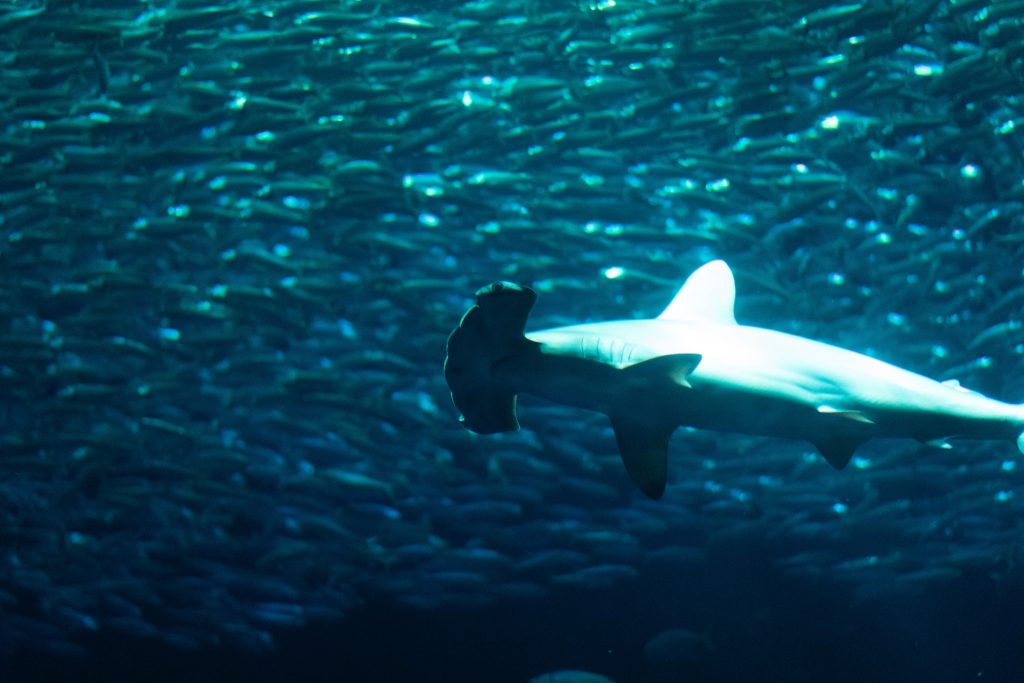Lying at the confluence of four major ocean currents and influenced by upwelling from deep nutrient rich waters, the Galápagos are a globally unique hotspot of marine biodiversity with 20% of marine species found nowhere else on the planet. However, increasing threats from overfishing and climate change threaten the health of the Galápagos marine ecosystem and the wellbeing of the Galapágos people who are intrinsically reliant on the ocean for their livelihoods.
In an effort to protect this delicate ecosystem, an international team of researchers and experts, including Edinburgh Ocean Leaders’ (EOL) co-directors Professor Sandy Tudhope and Dr Meriwether Wilson, have produced a scientific proposal to support the expansion of the marine protected area surrounding the Galápagos. On the 20th of January, this proposal along with a petition with 32,000 signatures of support was handed to the president of Ecuador.
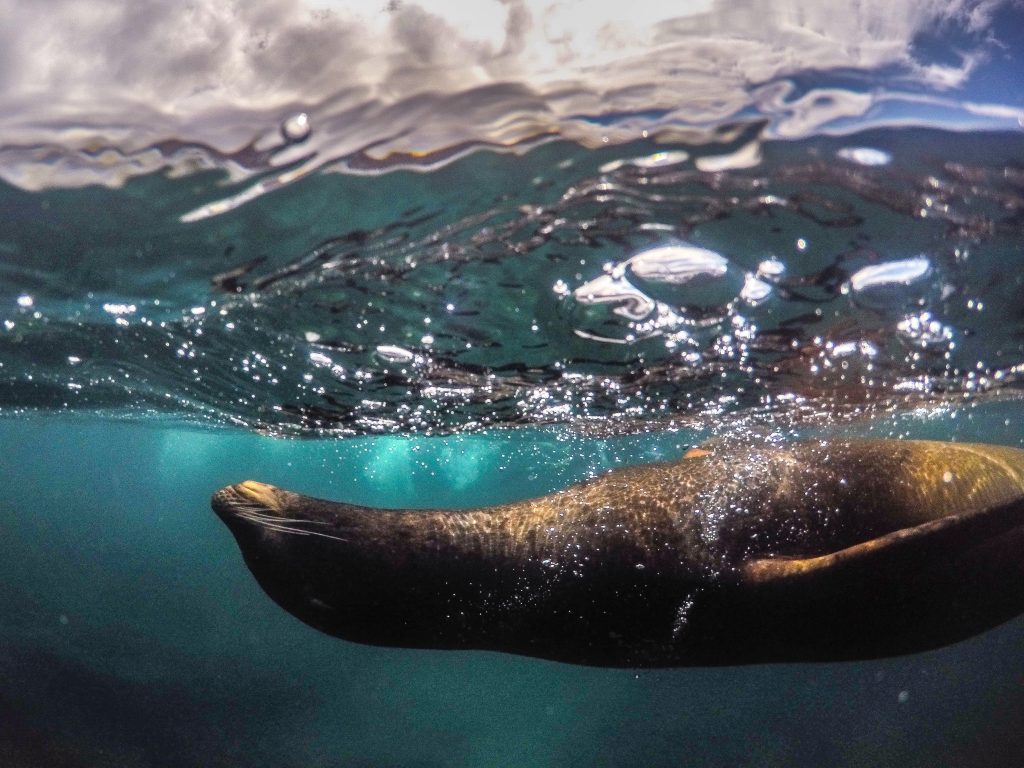
Threats facing the Galápagos
In 1998, the first Galápagos Marine Reserve (GMR) was created, following growing concerns of the impact of rapid population growth and increased fishing pressure on the sensitive marine ecosystem. Since its establishment, the no-take zone has contributed to the conservation of species such as hammerhead shark, green turtle and whale sharks in the eastern tropical Pacific. Scientific studies have also shown that the fishing industry has benefited, as the population of commercially important tuna just outside the boundaries of the reserve increased 2-fold.
However, since 1998 threats to the Galápagos marine ecosystem have increased. The continued growth of fishing pressure from domestic and international fishing fleets in the waters surrounding the GMR is pushing this sensitive ecosystem towards collapse. Beyond the boundaries of the reserve, threatened migratory species of sharks, rays, sea turtles, dolphins and birds are highly vulnerable to being caught as bycatch by the industrial fishing fleet.
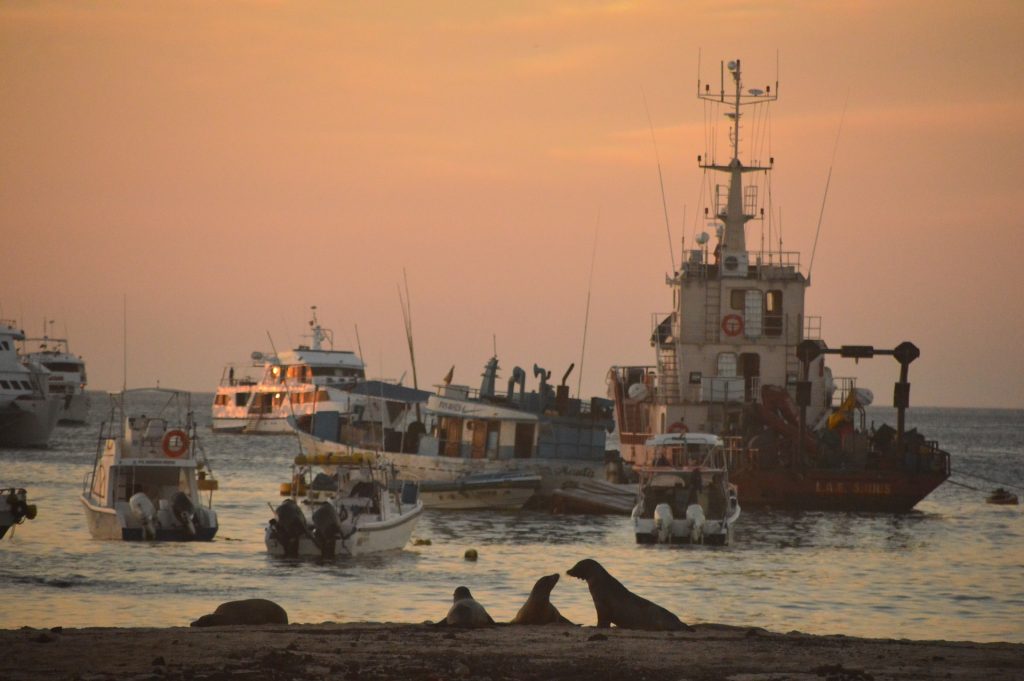
Compounded with intense pressure from commercial fishing, inside the boundaries of the GMR, illegal fishing activity is removing sharks at an alarming rate. From 2009 to 2017, nineteen boats were found illegally fishing in the GMR including domestic and foreign vessels. The most extreme case, a Chinese fishing vessel with 6000 individual sharks on board.
Unsustainable fishing not only harms populations of threatened migratory species, it also reduces the resilience of the marine ecosystem to other threats. Ocean acidification and ocean warming caused by global climate change pose a severe threat to marine organisms in the Galápagos. Periods of anomalously warm ocean temperatures, caused by the El Niño Southern Oscillation climate phenomena, have already caused degradation of large areas of the archipelago’s coral reefs.
“The ocean area surrounding the Galápagos islands is particularly sensitive to climate change, with predictions of a major increase in temperature, reduced upwelling and reduced net primary productivity, ” says EOL co-director and professor of climate studies Sandy Tudhope. “These climate changes add to the pressure on the ecosystems from the major industrial fishing fleets. Large scale expansion of the no-take zone in the region will maximise the opportunities for the ecosystems and endangered species to survive.”
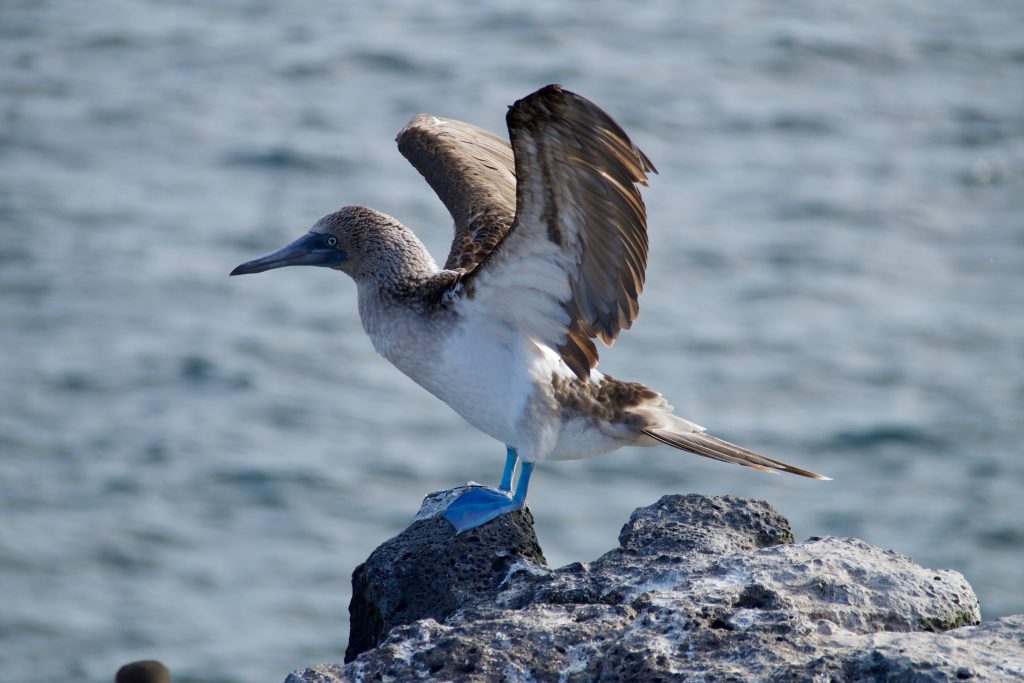
The expansion of the Galápagos Marine Reserve
The technical document produced by the team of expert and scientists proposes an increase in area of the marine reserve around the Galápagos from 133,000 km2 to 445,953 km2, where extractive activities such as fishing are not permitted. The proposed extension considers ecologically significant features such as seamounts, the migratory routes of threated species and fishing hotpots.
The design also takes the fishing industry into account, with the creation two Responsible Fishing Zones (RFZ). In these areas fishing is permitted under certain conditions and there will be transition to sustainable and certified fisheries with bycatch reduction techniques.
Finally, there is a third zone, which has similar conditions to an RFZ except in El Niño years when the proposal states it becomes “a de facto no-take area”. This is to account for species that would not normally leave the area of the marine reserve but, because of the change in ocean conditions caused by El Niño, expand their foraging range.
“The biodiversity and productivity of the ocean around Galápagos is strongly influenced by the El Niño Southern Oscillation climate phenomenon. Every few years, during the El Niño phase, ocean upwelling decreases and biological productivity plummets, resulting in massive changes that ripple up through the food chain,” explains Meriwether Wilson, co-director of EOL and marine governance expert. “The proposed design of the expanded GMR explicitly recognises the impacts of this phenomenon, and enhances the spatial extent of protection during El Niño years. This is novel, and provides a globally significant example of including consideration of a temporally and spatially variable climate phenomenon into the design of marine protection solutions.”
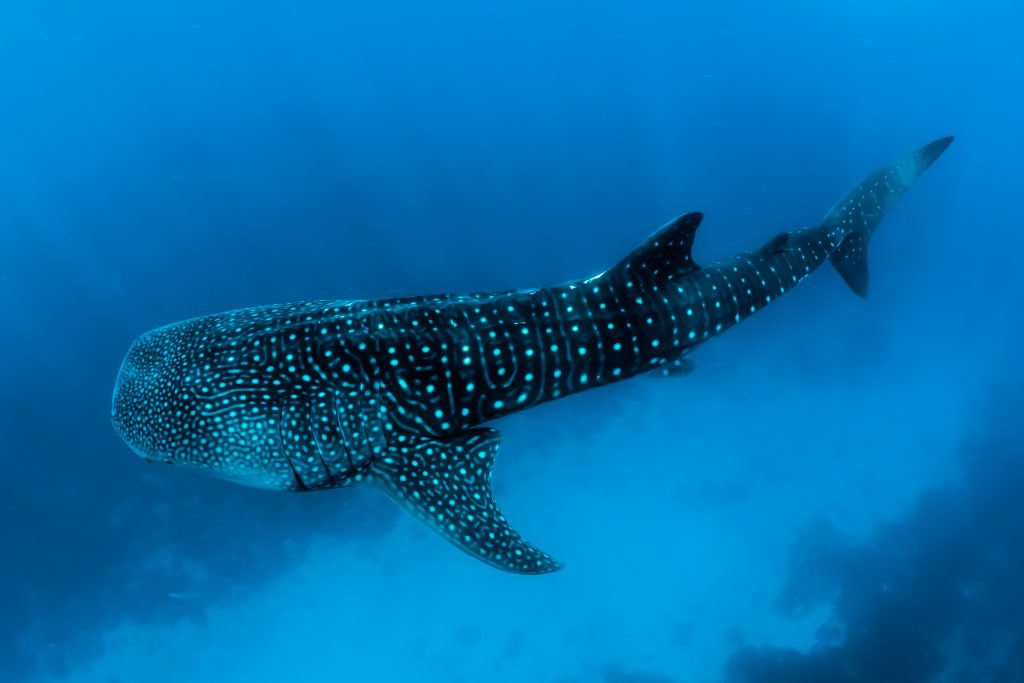
What's next?
For the proposed protection to be implemented it will need to be approved and signed off by President Moreno. However, not everyone is in favour of the expansion of marine protection, including some members Ecuador’s fishing industry who believe it will negatively impact tuna fishing, a major source of income for the country’s economy.
The proposal acknowledges that there will be several key steps to ensure the successful implementation of the expansion of the marine reserve. This includes active participation between relevant stakeholders and authorities, and clearly defined management strategies. Key aspects of successful implementation will require an enforcement strategy, sustainable financing and a long-term research and monitoring programme.
The presidential election in Ecuador is on the 7th February. President Moreno is not running for a second term and therefore if he wishes to have the expanded marine reserve as part of his legacy, he will need to approve the plans before he steps down. If President Moreno does not sign, it will be up to the next administration to bring an expanded GMR into reality, for the benefit of Ecuador’s future generations.

